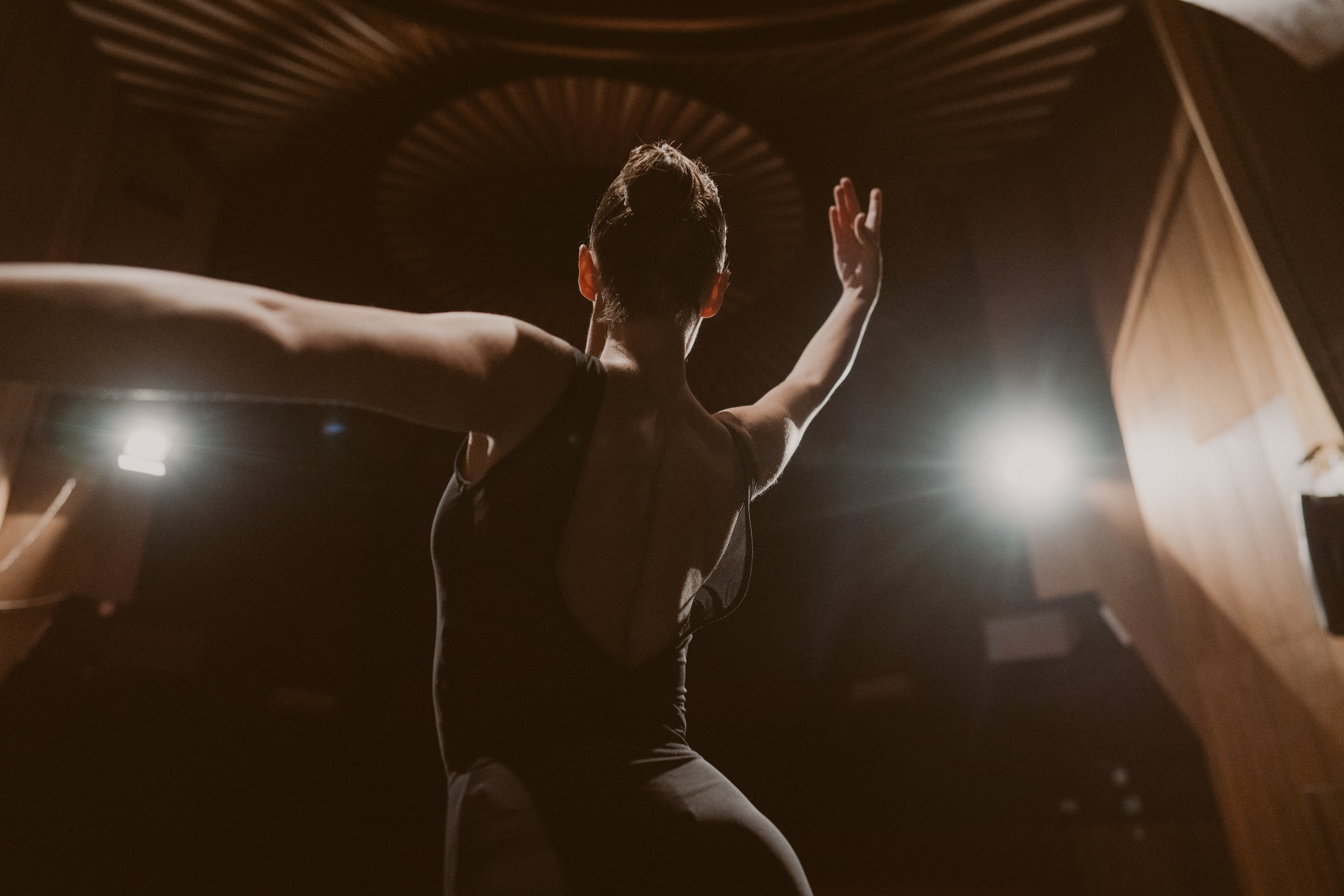Why the Rise in Performance Opportunities for Adult Recreational Dancers Matters
On a cool afternoon last November, Linda Past Pehrson, just a few days shy of her 77th birthday, warmed up backstage at the Peridance Center in New York City. She was wearing the white tutu she’d spent the previous evening ironing—her costume for the latest Performing in NY Showcase, organized by Kat Wildish. Pehrson’s group of 20 adult recreational dancers were up first in the sold-out show, dancing to music from La Bayadère with choreography by Matteo Corbetta.
By day, Pehrson is an executive assistant. Evenings and weekends, she’s a dance class devotee: She typically takes six days a week, and has participated for decades in Wildish’s showcases.
She doesn’t take these opportunities for granted.
“A lot of people think that they’re too old to perform,” she says. “There’s that stigma about, ‘Well, past a certain age, why would you want to do it?’ Or ‘Who would want to see it?’ ”
But Wildish and a growing number of other teachers and organizations are offering adult recreational dancers a chance not only to take class but also to get onstage—whether they danced as kids and want to continue after high school or college without pursuing dance professionally, or came to dance as beginners in adulthood.
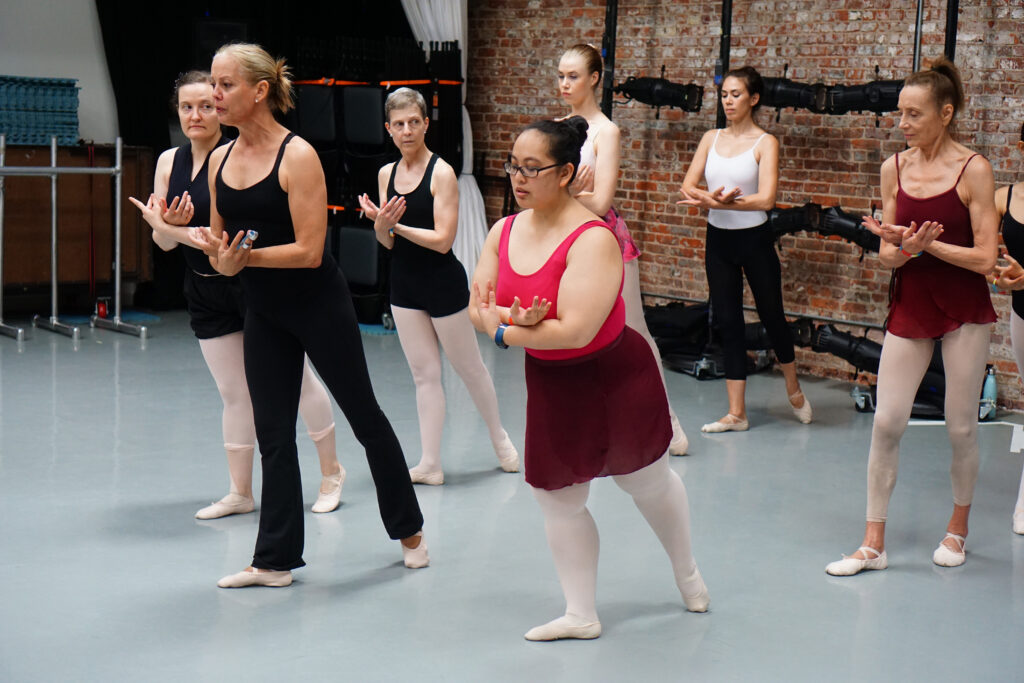
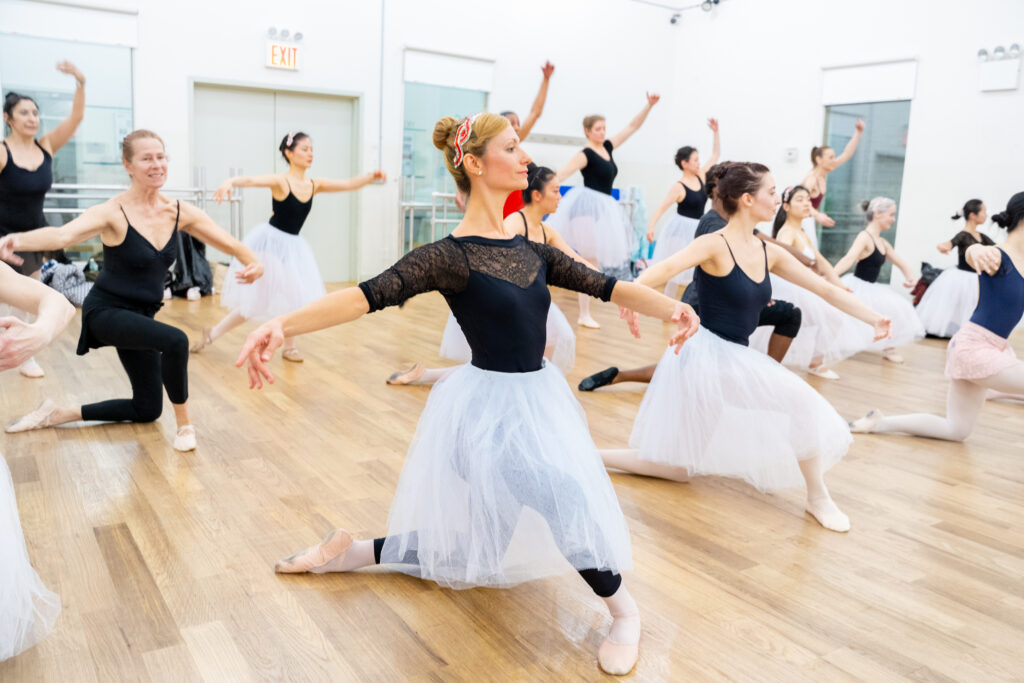
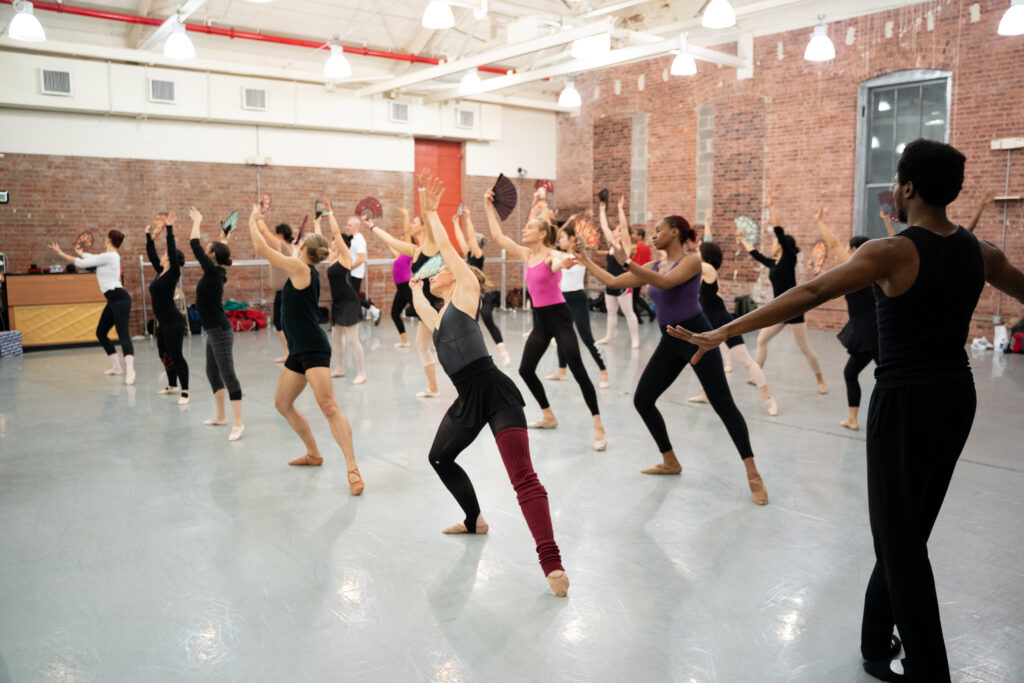
A Chance to Dance
Anyone who finds joy in dancing and performing should have the outlet to do it, says Wildish, who danced with New York City Ballet and American Ballet Theatre. “I want to make it possible for others to experience those moments,” she says. “It’s important that that doesn’t die because you’re over 18.”
Allison DeBona—a former first soloist at Ballet West, who runs the artÉmotion adult summer ballet intensive with her husband, former Ballet West principal Rex Tilton—agrees. “There’s still this idea that if you are not on a professional company stage, you are not worthy,” she says. “We all need to move past this.”
And the landscape, it seems, has started to shift. In addition to Wildish’s showcases, there are now several adult intensives and workshops—including at artÉmotion in Salt Lake City and with companies like New York City Ballet, San Francisco Ballet, and Louisville Ballet—that culminate in performances. There are adult recreational companies—such as Kathy Mata Ballet in San Francisco, which recently celebrated its 35th anniversary, and DanceWorks in New York City and Boston. There are adult-focused schools, like Rae Studios in San Francisco, that incorporate performances into their offerings. And there are other one-off opportunities.
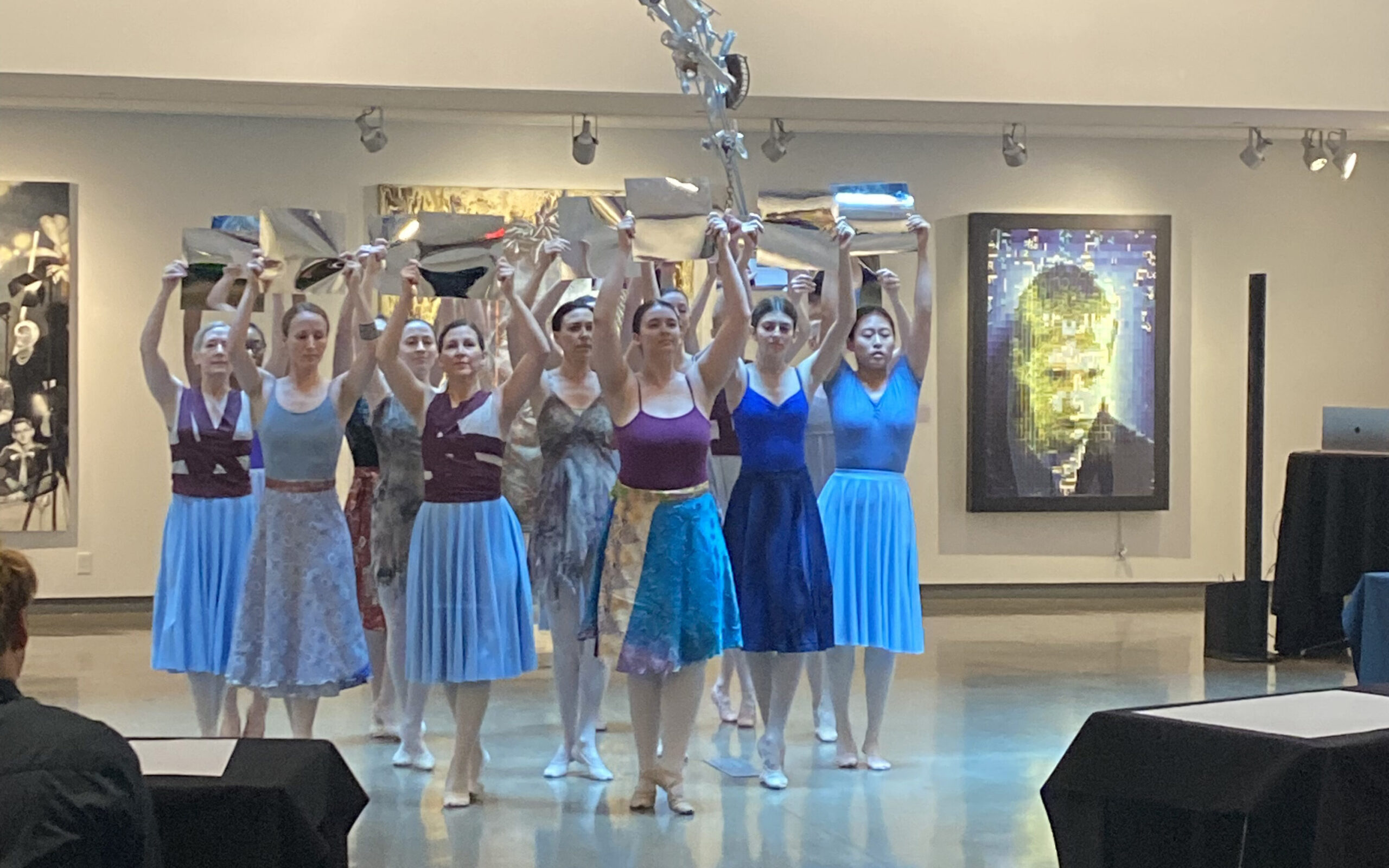
DeBona was happy to see so many Ballet West Academy students and alums attend last summer’s artÉmotion adult-intensive performance and leave feeling inspired. “They’re all facing that time where it’s like, ‘I’m auditioning, but I might not get a job. What does that mean for me? Is this over?’ ” she says. Seeing the adults onstage in a high-quality production signaled that no matter what happens, there’s still a place for them to dance and perform.
Adult recreational performance opportunities are also transformative for those who never thought there was room for them in dance to begin with. “My idea of who could and couldn’t do ballet was very warped as a kid,” says Janay Lee, 25, an au pair who’s participated in the artÉmotion intensive the last two summers. For a long time, Misty Copeland was the only brown ballerina she knew of—none of the other stars she saw looked like her. Growing up in Raleigh, North Carolina, she did some dance at school and church, but didn’t start taking ballet until she was 18. “It’s like one of those dream careers that I never quite pursued.”
The chance to perform sends an important message. “It feels like your art is being taken seriously, I think, even if that art is recreational,” Lee says. “When you work so hard at something, it’s nice to get to show it off every once in a while.”
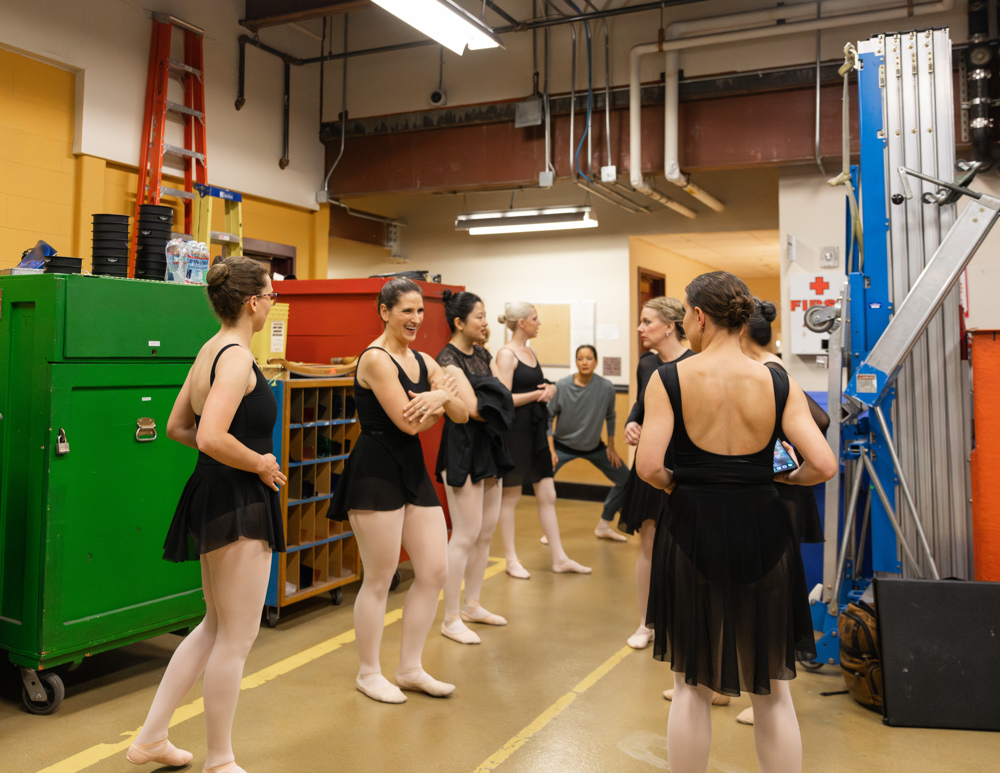
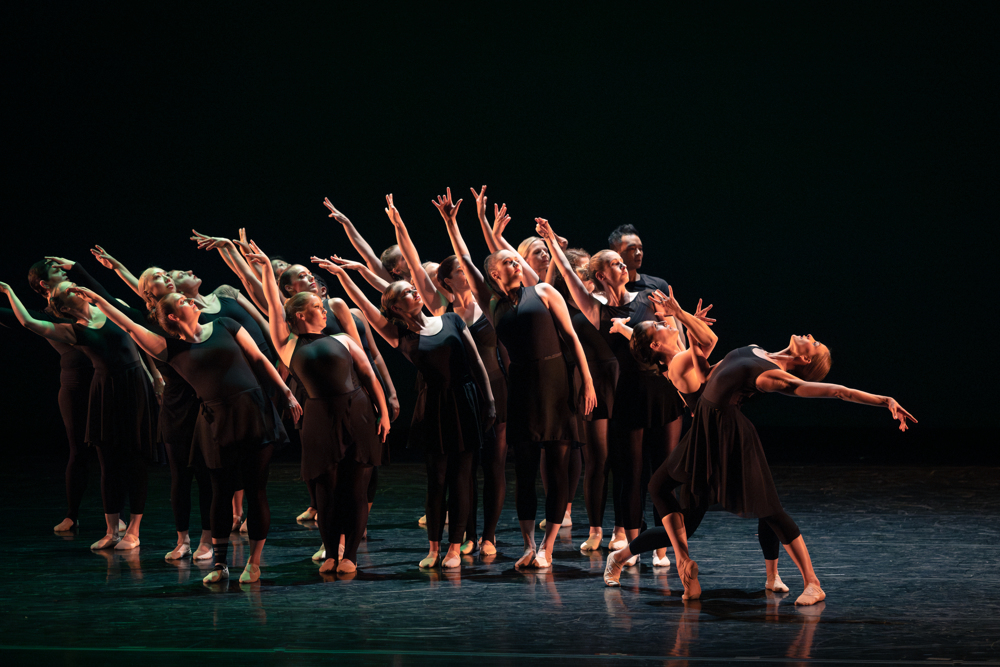
A Growth, and Bonding, Experience
Jessica Rae, who founded Rae Studios in San Francisco to make dance accessible to adults, added showcases in recent years because “the natural progression for a student is to have a final end goal,” she says. It seems obvious for an amateur runner signing up and training for a race, she says, and the same should go for dance. “It also creates the urge of, like, ‘Okay, I want to get back in the studio and train more.’ ”
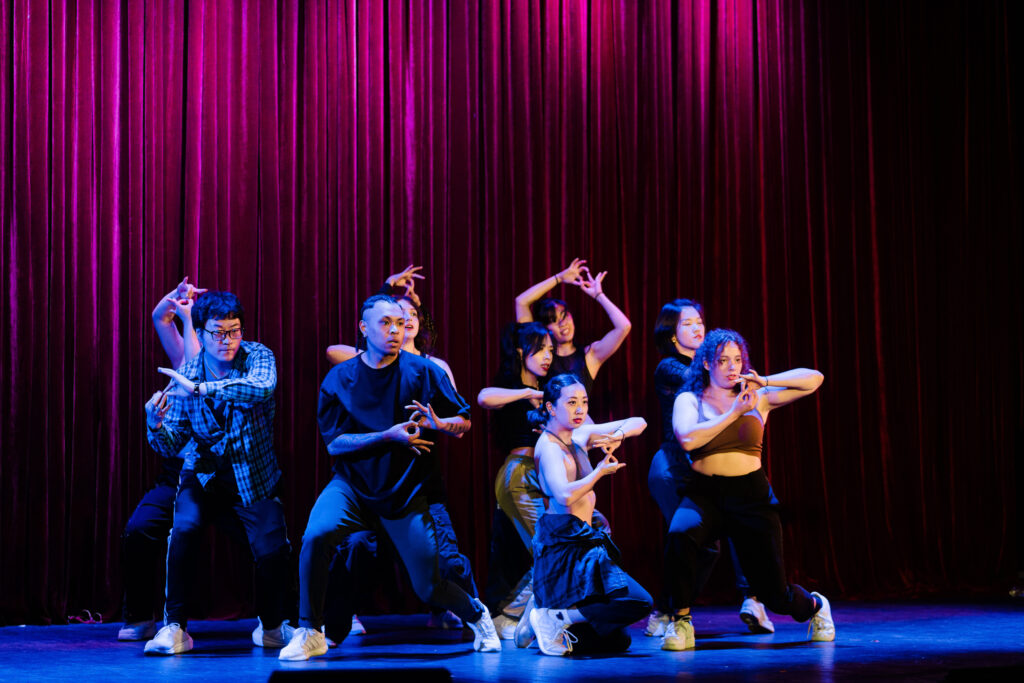
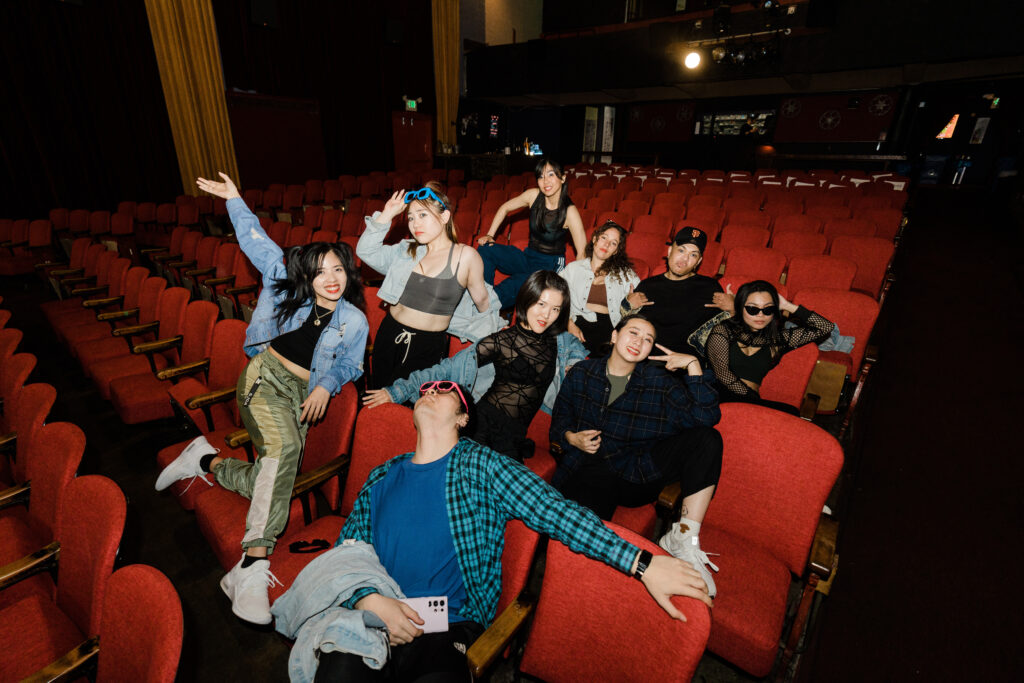
That rings true for Corina Chan, 61, who started taking ballet with Kathy Mata at 37 and also does hip hop and heels classes at Rae Studios. She sees performances as an excellent way to apply what she’s learning in class. “I love being able to do things I didn’t think that I could do,” says Chan, a semi-retired small business owner and mom of three. She says being onstage has shaped her not only as a dancer, but also as a person. “Performing teaches me to be in the moment,” she says. “It builds fortitude and persistence.”
There’s something terrifying about putting yourself onstage, says Emma Melo, 50, a preschool program coordinator and arts teacher who danced in college. She started taking classes again at Louisville Ballet after watching her daughter there and deciding she’d rather be dancing than sitting in the lobby. “I hate that thundering-heart feeling. But I also feel like I need to feel that sometimes,” she says, in order to challenge herself. “You can’t grow that way just by going into a studio and taking class.”
Over the last several years, Melo has performed with fellow adults in the school’s spring shows, at the adult intensive, and even in the main company’s production of Coppélia. “It’s always been such a bonding experience to work with other people to create something, and then share in that experience of the risk of taking it live,” she says.
An Open Invitation
The sense of community that comes with making a shared commitment to a rehearsal process and performance is a major draw for many adult dancers. At DanceWorks, community is enshrined as part of the mission: The group’s number-one core value is to “know each other’s name,” says executive director Betsy Moran. “It creates a space that is really welcoming to all different types of dancers and all different types of people.”
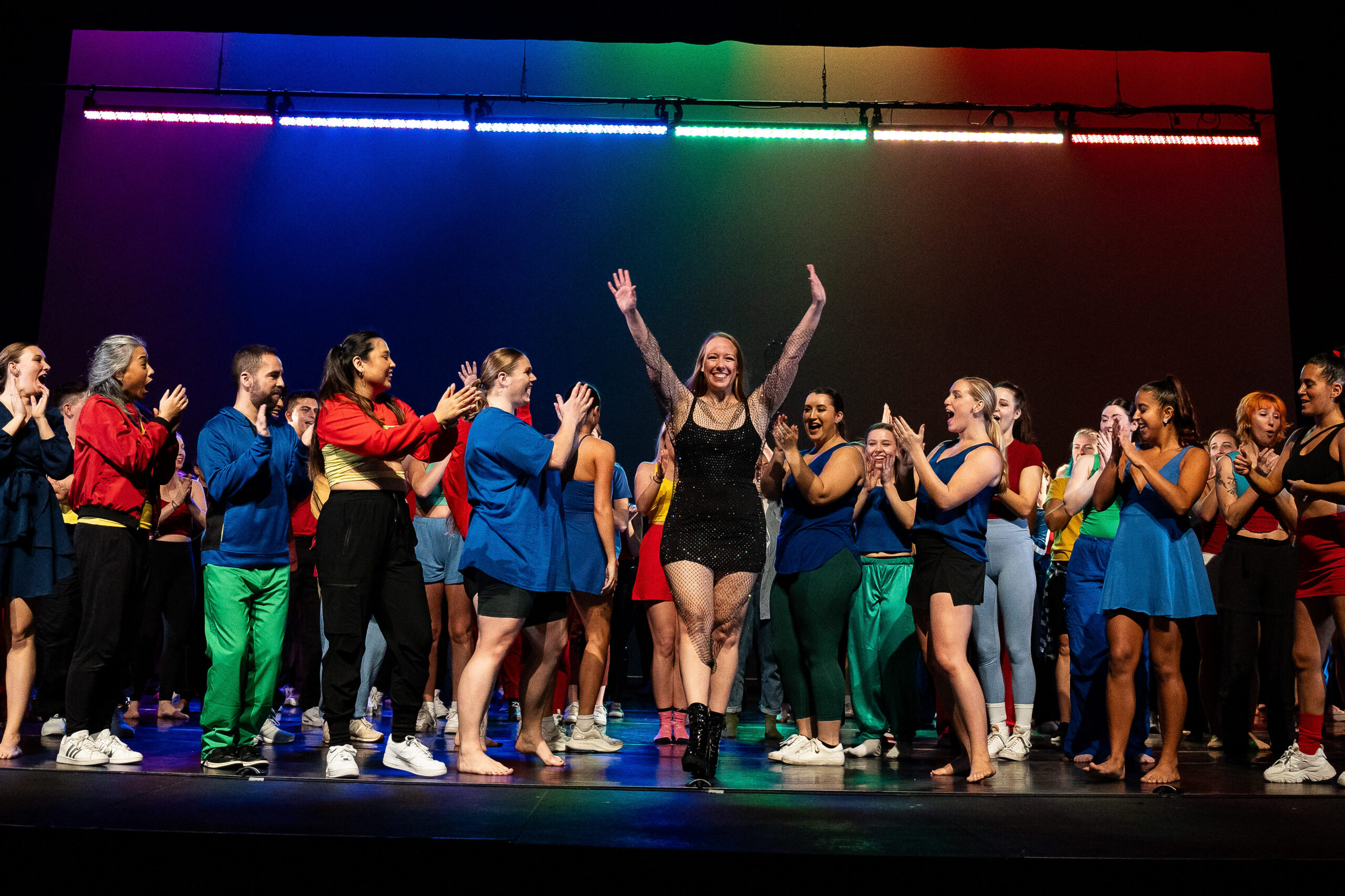
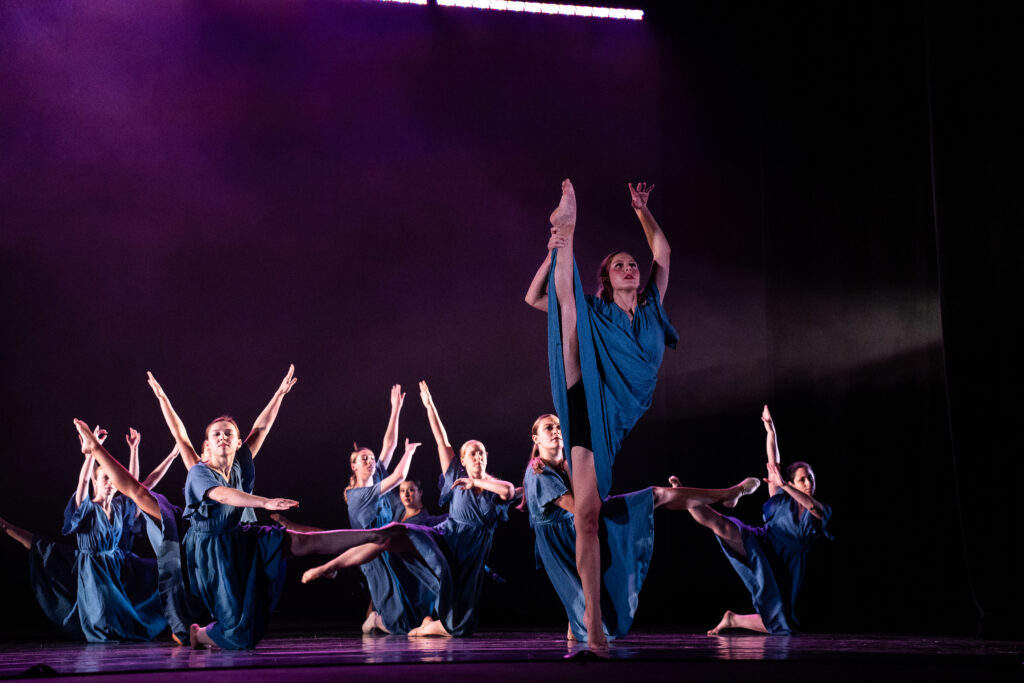
And acknowledging the existence, needs, and desires of these dancers—who are neither kids nor professionals—might force the dance world to ask some questions that are deeply entwined with other conversations about diversity and inclusion.
“We are expanding who can be a dancer and what dance is,” Melo says. “Adults can be part of that picture.”
